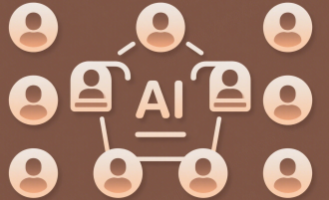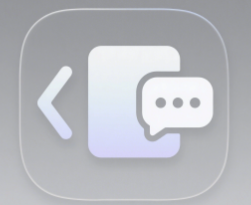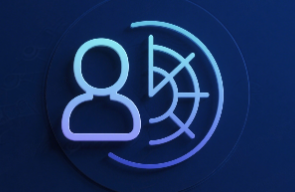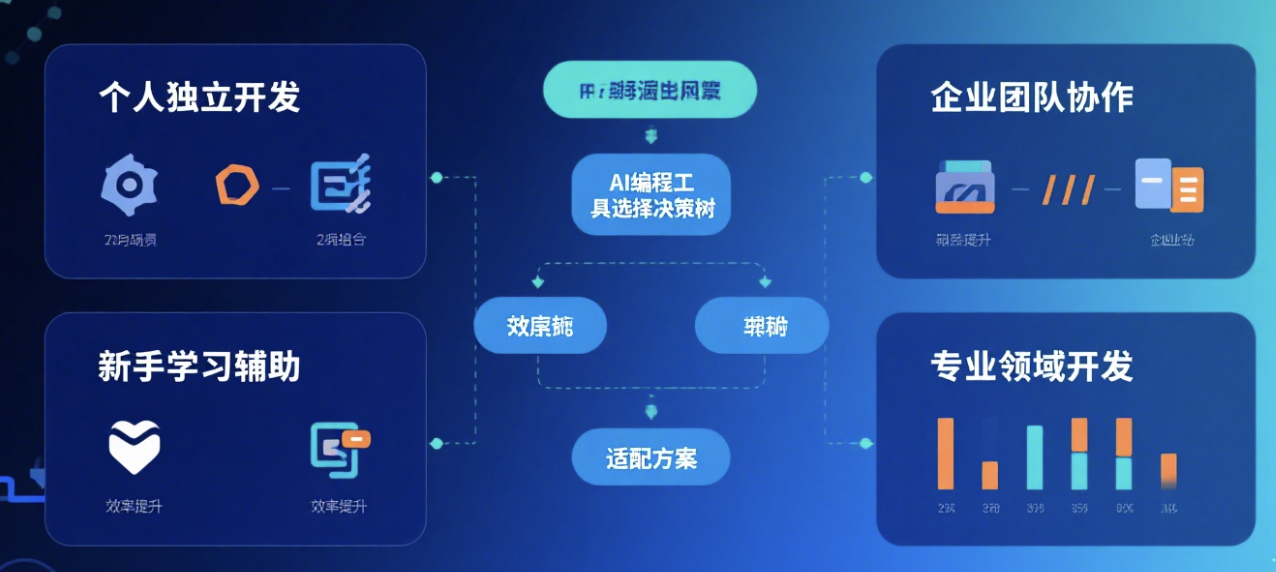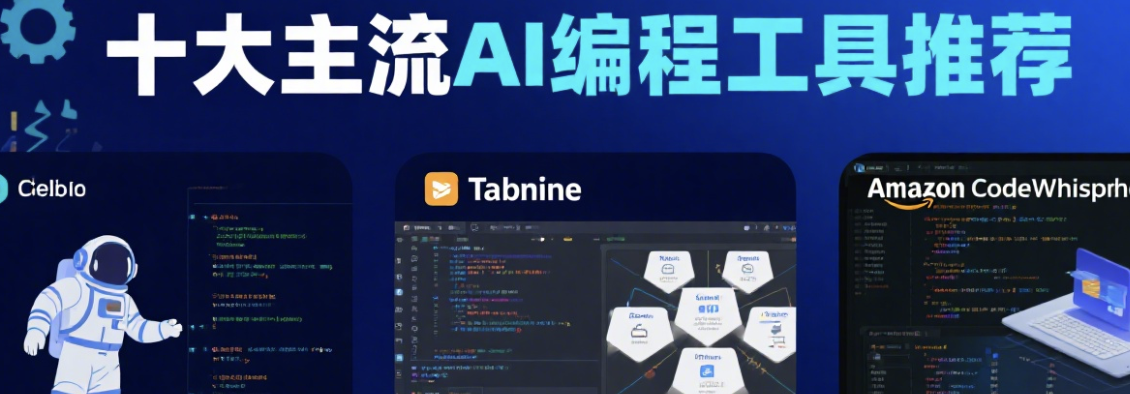Essential for project managers: Manage teams of 100 people with AI tools. In large-scale delivery scenarios, AI, artificial intelligence, and AI tools can fully intelligent and automate planning, collaboration, and measurement. With large models such as ChatGPT and Claude as the core, and superimposed on Jira, Asana AI, Slack AI, Notion AI, Copilot, and Gemini, project managers can achieve efficient scheduling, risk pre-emption, and intelligent management of results traceability in a team of 100 people.
1. AI tool stack for a team of 100 people
1. ChatGPT (General Generation and Planning)
AI tools are used for strategy drafting, requirements clarification, and meeting minutes, and can quickly generate OKR drafts, risk lists, and sprint goals in combination with prompt engineering, laying the foundation for intelligent planning.
2. Claude (Long-Form Reasoning and Proofreading)
Artificial intelligence is more stable in long text and cross-departmental document processing, and Claude can merge review opinions, output plan comparison tables, and review instructions, reducing communication costs and improving automation consistency.
3. Jira (Atlassian Intelligence)
large model and machine learning embed work orders, epics and dependency graphs to automatically extract requirements, estimated working hours and mark blocking items; It generates user stories and acceptance standards in conjunction with ChatGPT to support intelligent scheduling on a large scale and agile.
4. Asana AI (Task Orchestration and Prioritization)
AI tools automatically generate task trees, milestones, and risk alerts based on goals and dependencies, making it suitable for automated promotion and status synchronization of cross-team projects.
5. Notion AI (Knowledge Base and SOP Hub)
intelligently precipitates PRDs, review minutes, and review templates, automatically generates version records and tracking lists, and forms reusable AI tool assets.
6. Slack AI (Communication Summary and Retrieval)
AI tools summarize channels and threads, extract action items, and semantic search, turn fragmented conversations into actionable information, and reduce meeting and synchronization costs.
7. Microsoft Copilot (Office Workbench)
realizes automated writing, data pivot and roadshow manuscript generation in Word, Excel and PowerPoint, and uses ChatGPT and Claude to complete the intelligent closed loop from first draft to finalization.
8. Google Gemini (Workspace Collaboration)
Artificial intelligence deeply integrates Gmail, Docs, Sheets and Meet, automating minutes, action items and schedule suggestions, suitable for teams of 100 people in the Google ecosystem.
9. Perplexity (search enhancement and evidence collection)
AI tools use search enhancement to do competitive and industry research, and generate evidence chains and reference contexts; Collaborate with ChatGPT or Claude to complete structured research reports and risk endorsements.
10. Power BI Copilot (Data Narrative)
Machine learning automatically generates charts and indicator interpretation, adapting to the intelligent presentation of weekly reports, monthly reports and milestone reviews.
2. From strategy to implementation: AI-driven project full link
1. Annual planning and OKR dismantling
(1) Use ChatGPT to generate draft visions, goals, and key results, and Claude reviews wording and boundary scenarios.
(2) Automate the generation of epics, milestones, and dependencies in Asana AI or Jira.
(3) Notion AI precipitates strategic assumptions, risk premises, and alignment records, which can be intelligently traced.
2. Iterative planning and resource allocation
(1) Jira intelligent timing and load balancing, and Asana AI generates task trees and priorities.
(2) Slack AI summarizes multi-threaded discussions into resolution summaries to reduce scheduling.
(3) Reclaim AI or calendar assistant automates scheduling and converts action items into time blocks.
3. Perform monitoring and risk management
(1) Power BI Copilot generates burndown charts, penetration charts, and delay warning panels.
(2) Claude outputs risk descriptions and response scripts, and ChatGPT generates communication scripts and announcements.
(3) Perplexity supplements external dependencies and regulatory changes to form an intelligent evidence chain.
4. Review, acceptance, and change
(1) ChatGPT generates a checklist according to the acceptance criteria, and Jira automatically triggers the review task.
(2) Claude summarizes the review opinions into a comparison table, and Notion AI archives best practices.
(3) Copilot and Gemini generate roadshows and report drafts to ensure automation and consistency.
5. Knowledge precipitation and reuse
(1) Notion AI will manage minutes, outputs, and SOPs in versions.
(2) Slack AI is linked with the search panel to achieve semantic retrieval hits.
(3) Establish a prompt engineering library covering the standard opening and prohibited words of ChatGPT and Claude.
3. 30-60-90 days implementation route
1. First 30 days: pilot and baseline establishment
(1) Select 2 key delivery links as pilots to implement Jira and Asana AI's automated work order flow.
(2) Use ChatGPT and Claude to build OKR templates, weekly reports, and review standards.
(3) Notion AI builds a knowledge base, and Slack AI enables summarization and review to form an intelligent base.
2. 31-60 days: Scale and governance
(1) Introduce Power BI Copilot as a unified indicator board to measure automation coverage and save manpower and time.
(2) Improve the hierarchy of authority and data traces, and the two-person review and audit records of key conclusions.
(3) Perplexity enters the forensic link to reduce the risk of AI hallucinations and improve the credibility of automation.
3. 61-90 days: Branding and reuse
(1) Solidify the project template and prompt project, and precipitate it to Notion AI for reuse by new teams.
(2) Copilot or Gemini generate standardized roadshow manuscripts and visual outlines, and use Midjourney and Stable Diffusion to generate covers and infographics if necessary.
(3) Quarterly review of ROI, optimize the division of labor and automation orchestration strategies.
4. Quantitative indicators, compliance and pitfall
avoidance 1. Three types of core indicators
(1) Efficiency: the proportion of demand to launch cycle, decision-making waiting time, and meeting duration decrease.
(2) Quality: defect density, first-pass rate, rework rate.
(3) Coverage: automation node coverage, AI participation rate, knowledge base hit rate.
2. Data and permission baseline
(1) Minimum privileges and partition access, and confidential content is processed in the closed loop of the enterprise suite.
(2) Important texts generated by ChatGPT and Claude need to be manually reviewed and traced.
(3) External data introduction needs to be verified by Perplexity and the source summary must be recorded.
3. Prompt engineering and style library
(1) Establish a unified prompt template for tone, object, and format to control the output stability of AI tools.
(2) Precipitate the brand dictionary and the list of banned words, and Claude is responsible for reviewing the consistency.
(3) Establish one-click prompts for common needs to achieve intelligent reuse.
4. Automated orchestration and disaster recovery
(1) Jira and Asana AI dual system orchestration, key nodes enable manual bottoming.
(2) Slack AI exception reminders and rollback plans to reduce the impact of misoperation.
(3) Regularly practice audit trails to ensure that automation meets compliance requirements.
Frequently Asked Questions (Q&A)
Q: How to select and divide the AI tool portfolio for a team of 100 people?
A: With Jira and Asana AI as the automation hub, ChatGPT is responsible for creating and communicating drafts, Claude is responsible for reviewing and merging long articles, Slack AI is responsible for summarizing and retrieving, Notion AI is precipitating knowledge, and Copilot and Gemini are responsible for documents and roadshows, forming a complete closed loop of intelligence and automation.
Q: How do ChatGPT and Claude work together in project management?
A: ChatGPT is good at multi-version content and script generation, suitable for OKR drafting, weekly reports, and announcements. Claude specializes in long-form reasoning and risk review, and is suitable for review and control, change description, and compliance modules, which are superimposed to improve reliability.
Q: How can I reduce AI hallucinations and ensure credible conclusions?
A: Key conclusions must be verified twice: use Perplexity forensics, Power BI Copilot to check the data, and Claude to generate source summaries and store them. All automated outputs must be traced in Notion AI and marked with a reviewer to ensure traceability.
Q: How do Jira or Asana AI work with Notion AI?
A: Use Jira or Asana AI to manage tickets and dependencies, and Notion AI to maintain PRDs, reviews, and SOPs. Backfill action items into the task system through Slack AI or Calendar Assistant, forming an automated closed loop from knowledge to execution.
Q: Can project reports be fully automated?
A: High proportion automation is possible. Power BI Copilot output indicator visualization, ChatGPT and Copilot generate speech scripts and footer notes, and Claude reviews terminology and risk warnings; Finally, the project manager will quickly review and finalize the draft to ensure professionalism and consistency.
Q: How to quickly unify design and roadshow vision?
A: Generate outlines and bullet points in Copilot or Gemini, use Midjourney and Stable Diffusion to generate cover and icons, and then return to PowerPoint to be copilot-styled to ensure consistent style and clear information.
